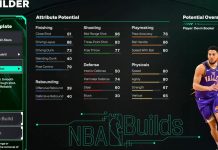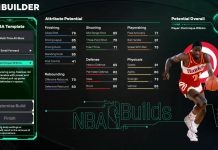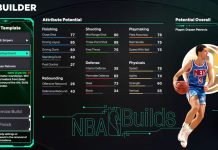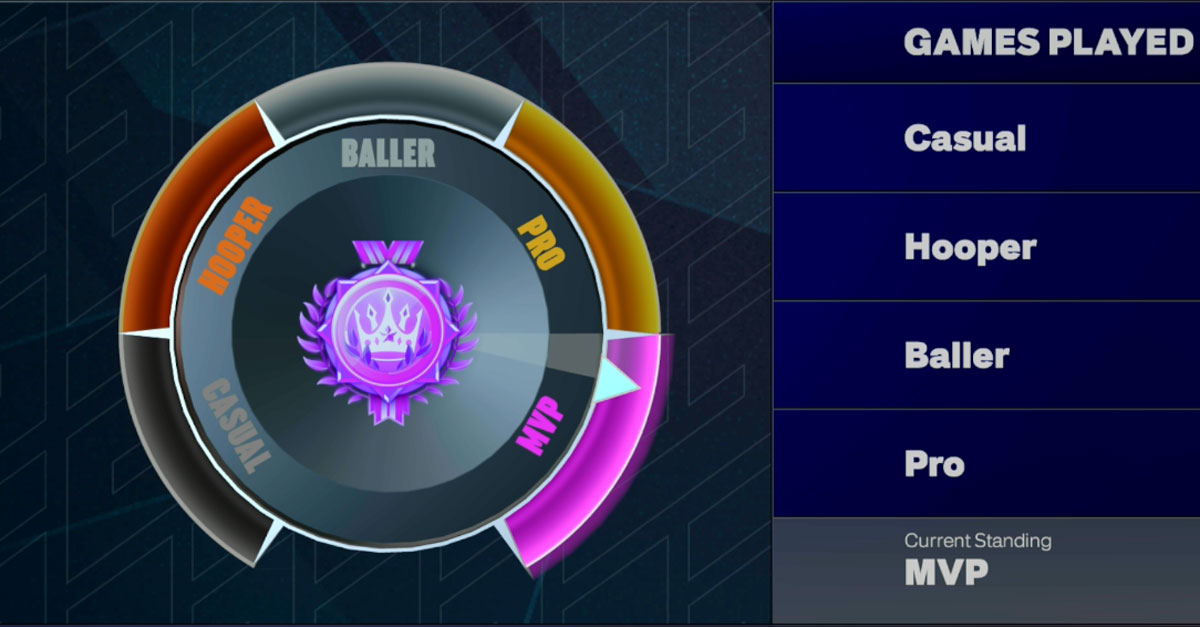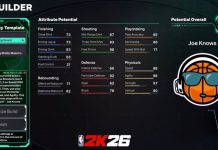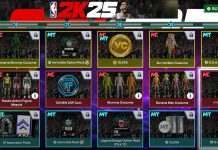In this quick NBA 2K25 tutorial, we explain the meaning of My Performance metrics in MyCAREER, also known as, “plates.”
What are Plates / Plate Colors?
Plates are a dynamic ranking system that is tracked and displayed on each user’s player card (in the form of different colors) that reflects a MyPLAYER’s overall performance online.
What are the Plate / Performance Tiers?
Here are the different tiers, followed by plate color
- Casual (Lowest Rank): Black
- Hooper: Bronze
- Baller: Silver
- Pro: Gold
- MVP: Purple (Highest Rank)
How to Level Up
Leveling up basically comes down to two main things:
- Winning Games / Good win percentage
- Getting a good Teammate Grade (A’s and B’s)
- Not Quitting
If you do these things consistently, you’ll be well on your way to “MVP” level. You can track your progress after every game, as well as checking your rank from the “My Performance” screen.
How to Check ‘My Performance’
Here’s how to check your My Performance and plate progress:
- Bring up the MyCAREER Menu
- Scroll to The City > City Stats > My Performance
Here you’ll be able to view your progress between Casual and MVP and how many games your MyPLAYER played in at each level. (On this screen you can also check your V.I.P. Stats and 2K Card).
Plates & Matchmaking
NBA 2K25 uses a tiered matchmaking system to match players of similar skill levels together. The goal is to ensure that players are matched with others of similar ability to create fair and balanced matches.



